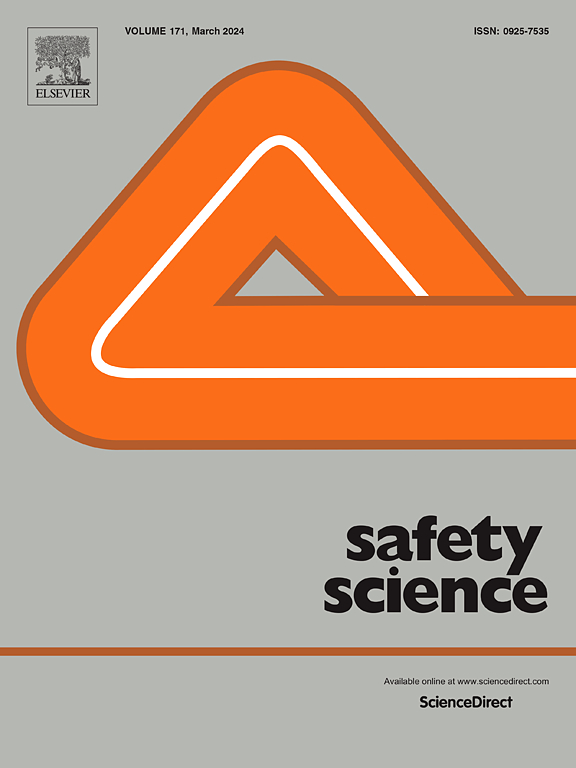Rail suicide: A systematic review using systems thinking
IF 4.7
1区 工程技术
Q1 ENGINEERING, INDUSTRIAL
引用次数: 0
Abstract
Rail suicide is a complex problem with significant adverse social and economic impacts. Systems thinking approaches are commonly used to understand emergent outcomes in complex systems. Systems thinking takes the system as the unit of analysis; often using a hierarchical representation to show how decisions and actions made across levels of a system (e.g., by governments, regulators, industry associations, companies, and individuals) can interact to create adverse outcomes. However, the extent to which rail suicide research has explored the problem from a systems thinking approach is unclear. A systematic review was conducted to identify: (1) the theories and methods that have been used to investigate rail suicide in the peer reviewed literature; (2) the contributory and demographic/risk factors for rail suicide identified across system levels; and (3) the preventative measures to address rail suicide that have been evaluated in published studies. The review followed the PRISMA guidelines and the systems thinking techniques AcciMap and PreventiMap were used to map factors and interventions across system levels. Gaps identified included a lack of consideration of contributory factors at higher system levels, that few preventative measures have been subject to evaluation, and that there has been little consideration of relationships between preventative measures. The review highlights the need for structured systems approaches to gain a more holistic understanding of rail suicide and to design more effective preventative measures.
求助全文
约1分钟内获得全文
求助全文
来源期刊

Safety Science
管理科学-工程:工业
CiteScore
13.00
自引率
9.80%
发文量
335
审稿时长
53 days
期刊介绍:
Safety Science is multidisciplinary. Its contributors and its audience range from social scientists to engineers. The journal covers the physics and engineering of safety; its social, policy and organizational aspects; the assessment, management and communication of risks; the effectiveness of control and management techniques for safety; standardization, legislation, inspection, insurance, costing aspects, human behavior and safety and the like. Papers addressing the interfaces between technology, people and organizations are especially welcome.
 求助内容:
求助内容: 应助结果提醒方式:
应助结果提醒方式:


